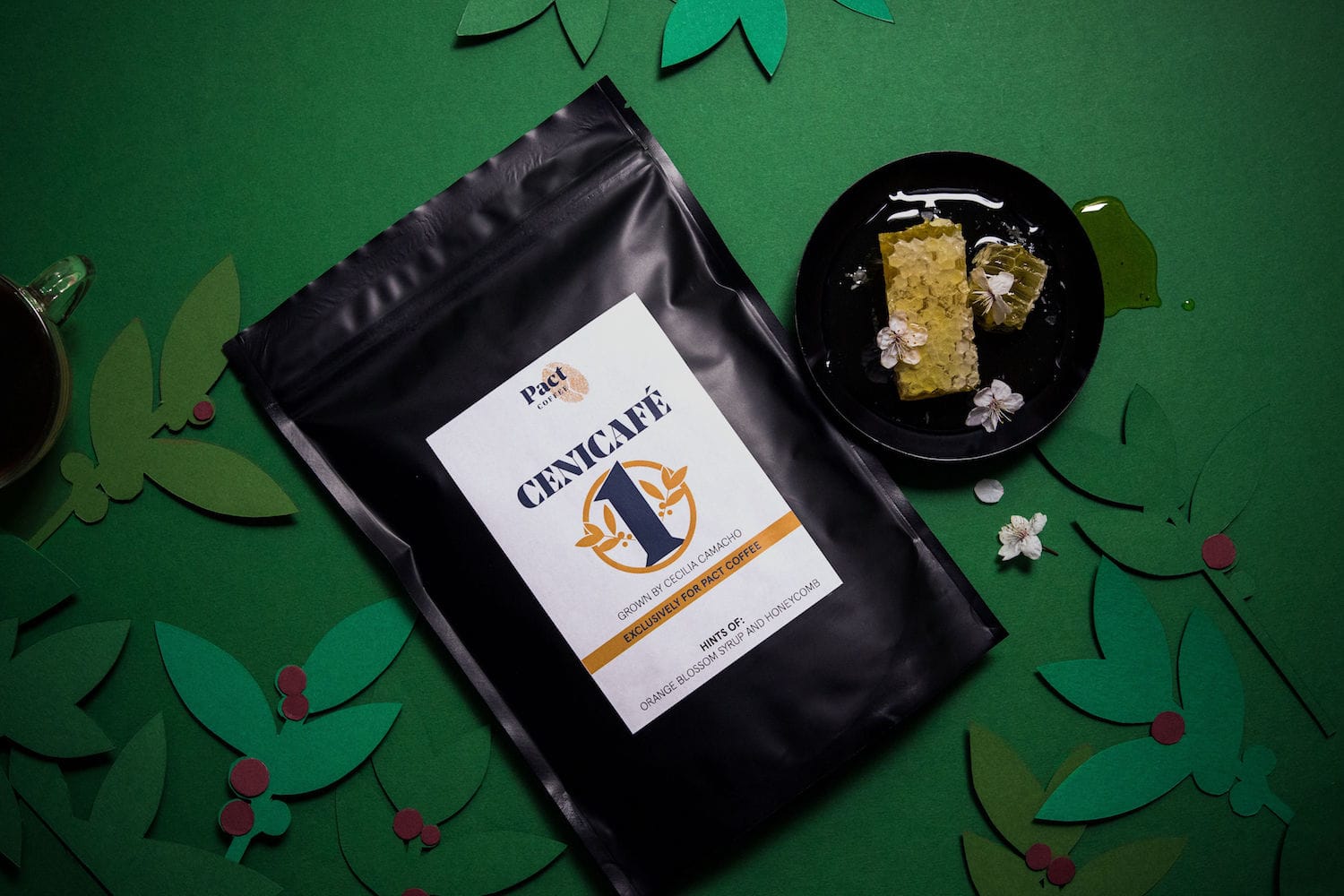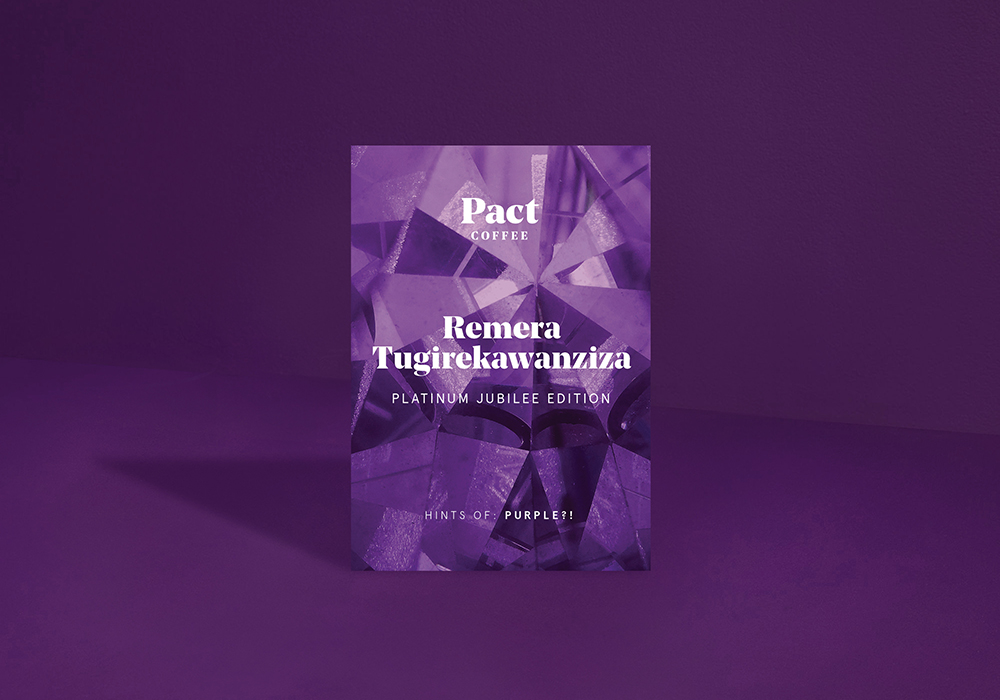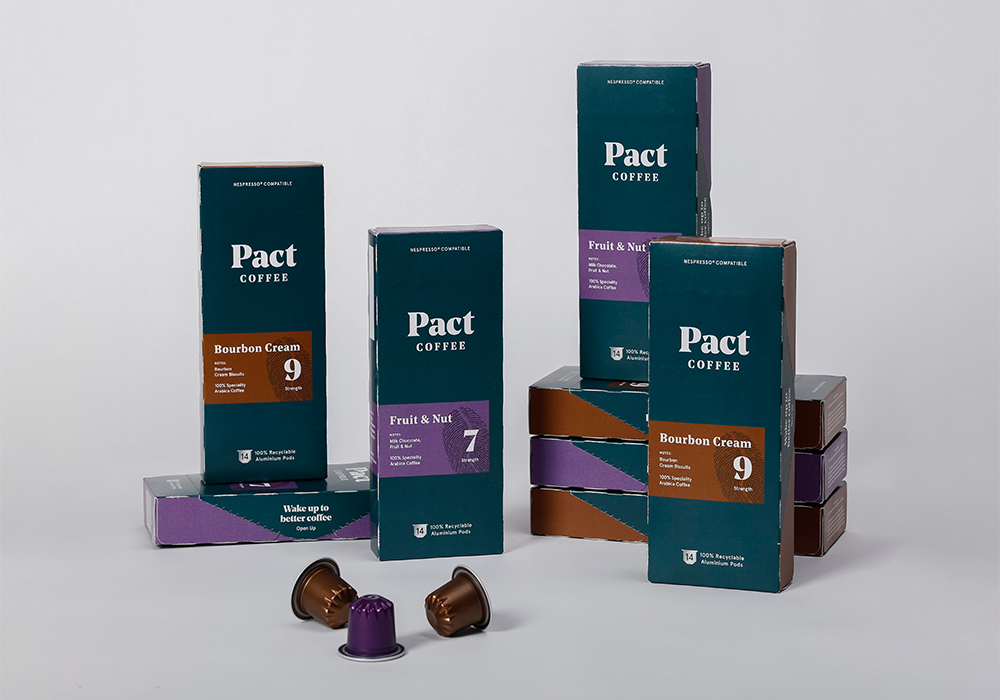While the world’s in the middle of another crisis, it might be easy to forget that we’re also in the middle of a climate emergency.
You read it in the headlines, saw people protesting in the street, new findings and actions are presented all the time… but we’re “way off track” with dealing with it properly.
As the UN secretary general recently warned, we are nowhere near meeting the Paris agreement’s target of keeping the global temperature rise within 1.5C or even 2C this century. Ending 2019 at 1.1C above pre-industrial levels, we need to get serious.
How climate change affects agriculture
Last year, air temperatures were the “hottest ever recorded” and rainfall was so high that it contributed to a literal plague of locusts, endangering crops. That’s just one of the ways changing climates and weather patterns affect farmers everywhere.
Agriculture is both contributing and and suffering from climate change - the fourth highest greenhouse gas-emitting sector, and at risk from changing rain levels, new or stronger pests, and ever-adapting diseases.
Fighting climate change does mean changing un-environmentally friendly practices. But it also means finding ways to mitigate the effects of the climate emergency. Because it’s not going away.
What does climate change mean for coffee?
We’ll be blunt - it’s not good news.
The International Center for Tropical Agriculture predicts half of all coffee-producing land will be unusable by 2050. Half. 50%. That’s a pretty big deal - and even worse, it’s the good stuff (i.e. arabica) which will be mostly affected, as it grows between specific temperatures.
Though some farmers can start planting higher, at altitudes cool enough for coffee to thrive, this is obviously a time-limited solution… the sky really is the limit.
And it’s not just about providing the right conditions. Scientists expect rust disease to thrive in the changing conditions - an outbreak of which cut production in South America by 15% in 2012-13. Insects are also a problem in two ways - with the pollinating kind dying off from the heat, and the pests increasing in numbers.
Again, adapting to the new challenges is essential - not just for your cup of coffee, but for the livelihoods and lives of farming families around the world.
Who are Cenicafé?
The Federación Nacional de Cafeteros de Colombia (FNC) represents all coffee growers in Colombia - both protecting their rights and promoting Colombian coffee globally, to researching the environmental, societal, and cultivation aspects of coffee farming. Not a small order.
Split into many wings, their research division is called Cenicafé. They’re the ones in the lab - looking into developing high-yielding trees, better quality coffee, and developing sustainable practices and varieties.
There are two focuses for them, when it comes to sustainability: protecting resources, and developing climate-adaptive varieties. This can include saving water - by encouraging farmers to use new technologies they’ve developed - to reducing the need for pesticides, through the development of resistant coffee varieties.
What is Cenicafé 1?
Enter Cenicafé 1. 20 years in the making (yes, 20) and carefully, meticulously developed to be both resistant to rust disease and berry-boring beetles, Cenicafé have done something incredible. Not only is it a coffee that can face up to climate change, it also tastes FANTASTIC.
It takes less time to produce coffee trees that can face up to a whole horde of nasties. But Cenicafé knows that - in a struggling market - coffee farmers need to be growing world-class coffee. Speciality grade, with beautiful flavours.
The work Cenicafé has done means you get to keep enjoying delicious, premium coffee for longer, even as the climate emergency continues. But it also means farmers can have a better chance of making it through - less of their crops might survive, but their Cenicafé 1 trees will keep their livelihood going.
Try the coffee that’s fighting climate change, and tasting fabulous while doing so: it’s a Pact Coffee exclusive and one you really don’t want to miss.






